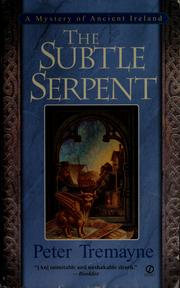 |
| an avocado toast of my own creation. the bread is homemade! |
Here is my recipe, the simplest thing in the world:
- half an avocado
- 1 slice of bread, any kind (I prefer whole wheat)
- salt and/or pepper, to taste (I like both)
Put the bread in the toaster to toast, at whatever setting makes it toasted but not too hard. While the bread is toasting, use a knife to halve the avocado and slice up one half in the shell, then scoop it out with a tablespoon. Put the avocado slices in a small bowl, then grind sea salt and black pepper onto the slices (my grinder contains both). Mash with a fork, unless you're out of silverware because you haven't washed your dishes yet, in which case just use the tablespoon, but it will be harder. Take the toast out of the toaster and put it on a plate or napkin, then scoop the avocado mixture onto the toast with the spoon, smoothing it out so it covers the toast evenly. Lick the bowl and utensils clean (recommended). Eat the avocado toast.Obviously this is a very bare bones avocado toast recipe, but you can use it with various toppings, such as a fried egg, as my brother had on his visit to Little Collins last week (I shed a single jealous tear, watching the Instagram story), or vege- or real meat, or anything, really. I tend to use the avocados that are about twice the size of a hen's egg, but if you use the big ones, you can possibly get two avocado toasts out of one half, depending on how thick you like your avocado topping. Once my parents' avocado tree starts producing fruit, I'll probably use one avocado per bread slice since those are tiny. The size of the bread will affect your avocado toast, too. I tend to buy bread with small slices (~3.5 in. square), and I brought home some thick avocado slices from the cafeteria, and one slice was enough for my little slice of toast. The avocado toast at Little Collins was delicious, but there was just so much topping piled up so high on the toast that it was difficult to eat. I kept worrying the topping would spill. One should not feel worry while eating avocado toast; one should only feel bliss.
I really love avocado toast because I'm a decadent yet lazy millennial, and it's the easiest of my two favorite avocado dishes to make. I also love guacamole a whole lot, but it's way more time-consuming to make, and I rarely have cilantro on hand because it wilts almost immediately and I end up throwing it away. I actually used to not like avocados at all growing up, except in guacamole. I still can't really eat avocados by themselves, and even putting avocado by itself in tortillas isn't enough. The whole wheat bread provides just enough texture and crunch, and balances the creamy rich avocado nicely.





